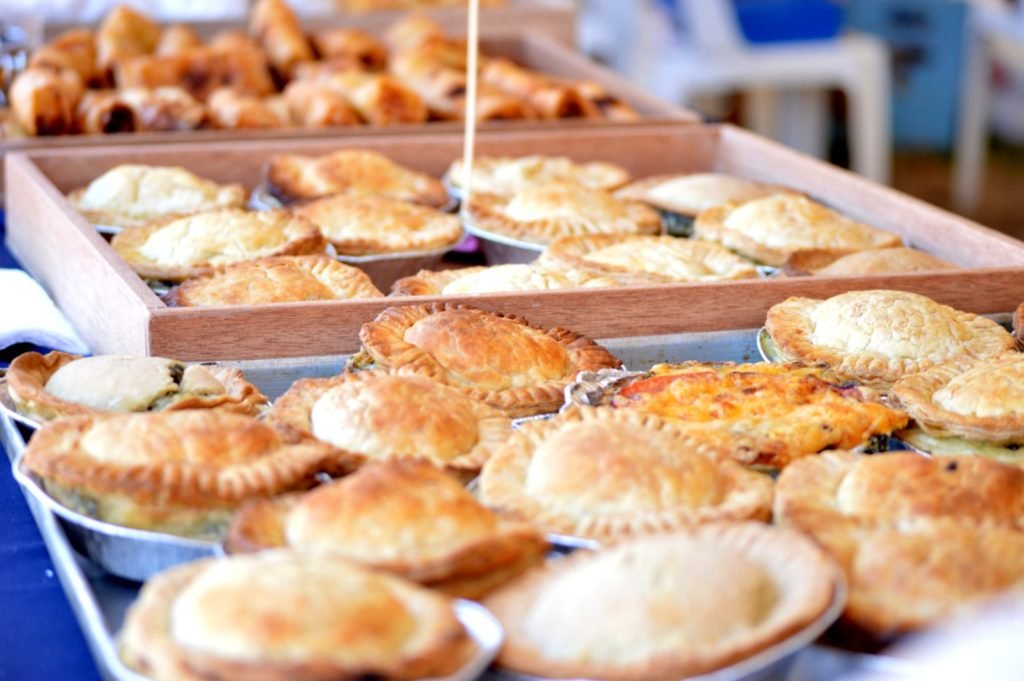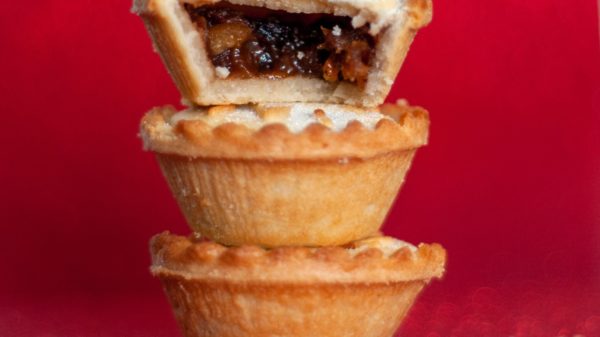Pies have a history that goes back as long as humans have had dough to bake into a crust and stuff it with something morish. Historians trace the pie’s initial origins to the Greeks, who are thought to be the originators of the pastry shell. Wealthy Romans used many different kinds of meats, even mussels and seafood, in their pies. In medieval England, they were most often filled with beef, lamb, wild duck or pigeon and spiced with pepper, currants or dates.
Life Of Pie

It’s the crusty tops of pies that made it popular among travellers, explorers and adventurers who used dried fruit, cinnamon, pepper and nutmeg to season the meaty fillings. It was only later that pies began to have sweet fillings, gaining more and more popular over the years. A 1796 cookbook listed only three types of sweet pies, while one written in the late 1880s featured eight sweet pie varieties. By 1947, the Modern Encyclopaedia of Cooking listed 65 different varieties and today there are literally hundreds of recipes for sweet pies.
What’s Your Flava?

Today, pies are filled with everything imaginable, from apples to zucchinis. The most popular sweet ones amongst stoned citizens include the classic apple pie as well as lemon meringue pies and peanut butter pies. As for savoury favourites, there are pepper steak, chicken and mushroom and steak and kidney. Pies also come in the form of quiches, tarts, big pies or small pies and even dishes like a pot pie, shepherd’s pie, a cottage pie or a festive favourite – the world’s first mince pie containing cannabis extract!
Pie Day

Pie Day is celebrated every year on January 23. It is a glorious opportunity to literally “eat humble pie”. National Pie Day was started in the mid ’70s by Charlie Papazian, a nuclear engineer from Colorado in the US, with an obsession for pies. He decided to celebrate the pleasurable pastry with its own day and chose his birthday.
Remember The Sweetie Pie?

Do you remember the delightful and charming little Sweetie Pie? A seductive mouthful of soft marshmallow with its wafer base cookie and smooth chocolate casing. These Danish sweets are called Flodebolle, meaning cream balls as they were originally made with cream. The whipped and sweetened egg white gives the sweets a longer shelf life and today it is the preferred and much-loved filling. Similar versions of the Sweetie pie can be found in the biscuit aisle of UK supermarket chains under Tunnock’s Teacakes. Scottish citizens see it as a national treasure and a sentimental token of nationhood wrapped up in shiny foil.

